Some dogs possess hearing so sharp it borders on the extraordinary. They pick up the faintest hum of a distant engine, the creak of a floorboard, and even the barely audible sound of insects moving across walls.
This sensitivity is part of who they are, shaped by centuries of breeding for tasks that demanded alertness. Their ears, always tuned, can catch whispers of movement that escape human perception entirely. Hunters relied on it, shepherds valued it, and families notice it every time their dog suddenly tilts its head toward something unseen.
For these breeds, the world is a layered soundscape—a constant flow of clicks, scurries, and rustles that inform their every move. Their reactions can be startling: a sudden stare at a blank wall, an intent listening posture, a bark at what no one else can hear.
Dog Breeds That Hear Insects Crawling On Walls
1. French Bulldog

French Bulldogs might look like small, relaxed companions, but their alertness can be surprising. Those signature “bat ears” are more than just an iconic feature—they’re highly tuned sound catchers. They often pick up faint noises like an insect crawling across a wall or a distant creak in the house, stopping mid‑nap to turn their heads toward the sound.
They were bred in 19th‑century France as companions for lace workers and city dwellers, thriving in urban apartments and narrow streets. That history gave them a personality that blends calm affection with occasional bursts of intense focus. Even in a noisy household, they still notice the smallest details.

According to the AKC, their short, smooth coats shed lightly and are easy to maintain with minimal grooming. Wrinkle care is more important; those folds around their face need regular wiping to stay clean.
French Bulldogs have a reputation for making all kinds of odd sounds themselves—snorts, grumbles, and little “talking” noises. They may not bark excessively, but when their ears pick up something unusual, their entire posture changes, and that tiny pause tells you they’re paying attention to a world of sounds you can’t hear.
Fun Fact
French Bulldogs were once called “toy bulldogs” and were hugely popular with Parisian café owners in the 1800s.
2. Labrador Retriever
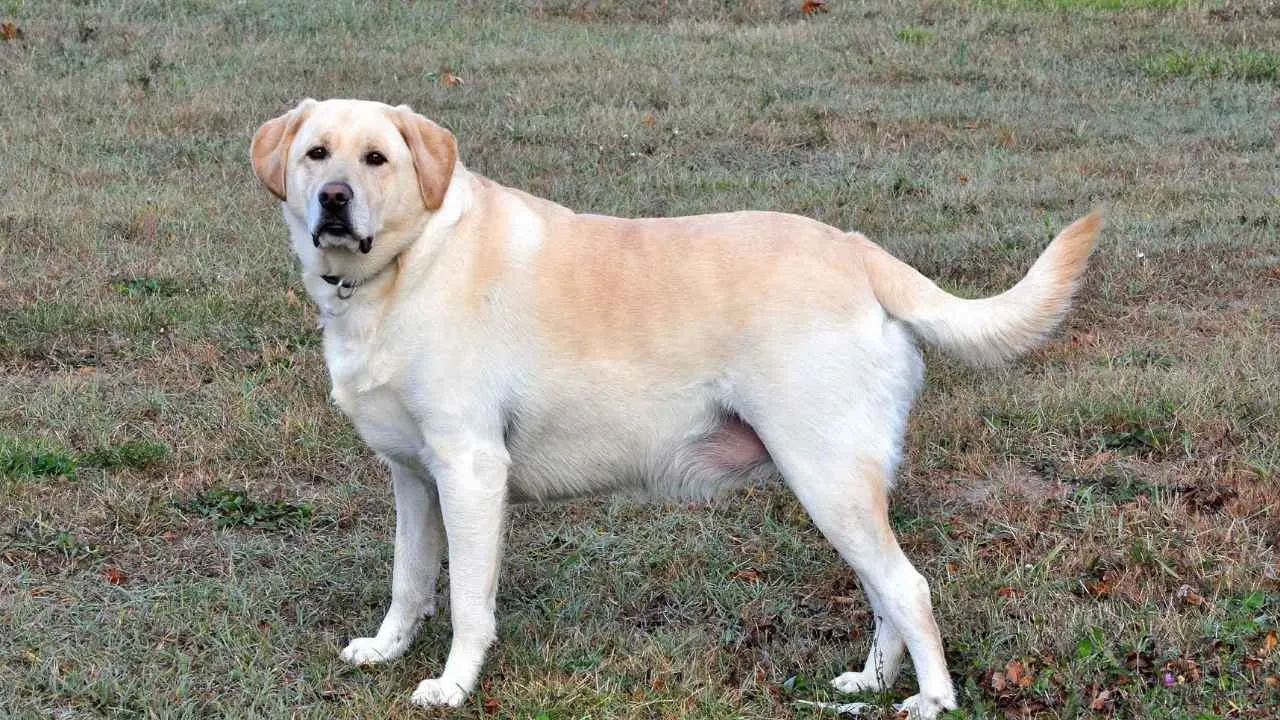
Labrador Retrievers are one of the world’s most famous breeds, known for their good nature and boundless energy. Bred in Newfoundland to retrieve fish and nets from icy waters, they were later refined in England for hunting, which honed every sense they have, including their hearing.
A faint scratch on a wall or the soft buzz of an insect is enough to make their ears swivel and their body tense in curiosity.
Labs have the build of true working dogs: sturdy, athletic, and balanced. They can swim for hours, sprint across fields, or simply sprawl in the living room, all while staying mentally alert. That mix of calm and readiness is one of their trademarks.
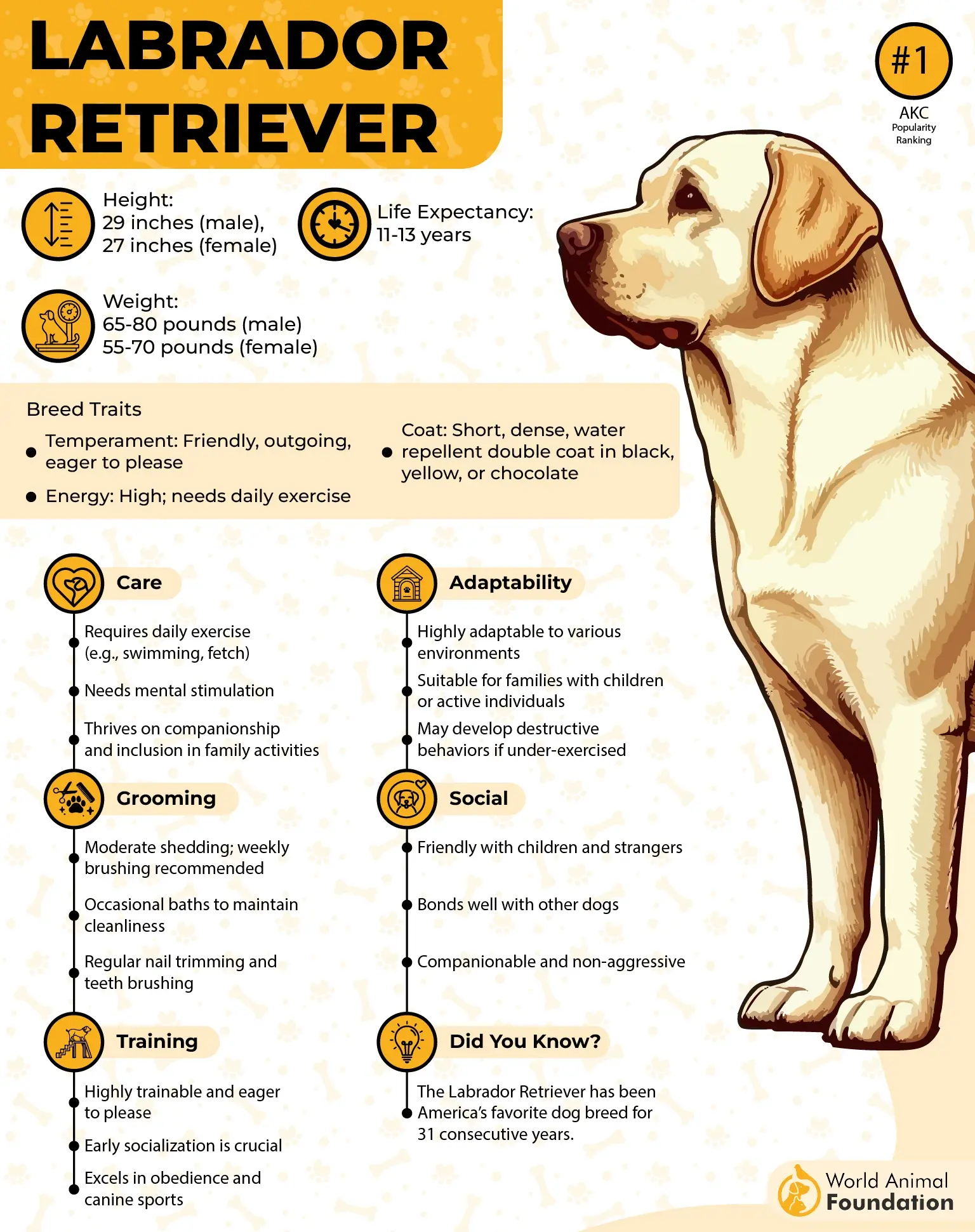
Their short, dense double coat sheds steadily but is easy to brush and maintain. It’s water‑resistant, a trait from their history of pulling in fishing lines and game birds.
They’re famously easy to train and love structure. Praise, play, and rewards motivate them, and they hold onto lessons for life. Their sharp senses remain active even when they’re at rest, part of what makes them such reliable companions and working partners.
Fun Fact
The Labrador Retriever has been the most popular dog in the U.S. for decades, according to AKC registration statistics.
3. German Shepherd
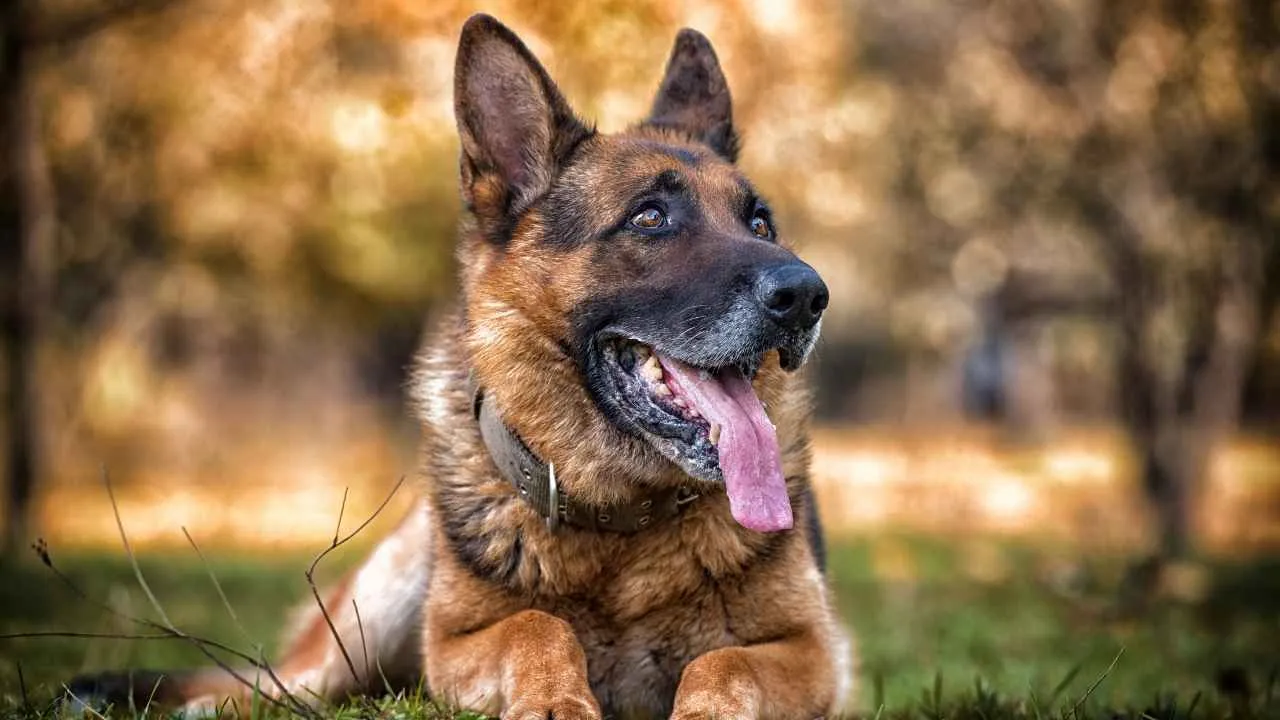
German Shepherds were developed in late‑19th‑century Germany to herd sheep and protect property. Over time, they became one of the most versatile breeds in the world, serving as police dogs, military dogs, and family protectors. Their upright ears catch every small sound, from a distant door latch to the almost imperceptible scuttle of an insect along a wall.
They are large, confident dogs built for endurance. Muscular frames, long strides, and steady stances give them an unmistakable presence whether working in a field or lounging at home.

Their coats come in several varieties—short, plush, and long—but all shed heavily, especially during seasonal coat changes. Brushing is part of daily life for anyone living with this breed.
Training is where German Shepherds truly shine. As per PetMD, they learn quickly, they like direction, and they respond well to clear boundaries. That intelligence and focus are the reasons they remain one of the most used service breeds around the globe.
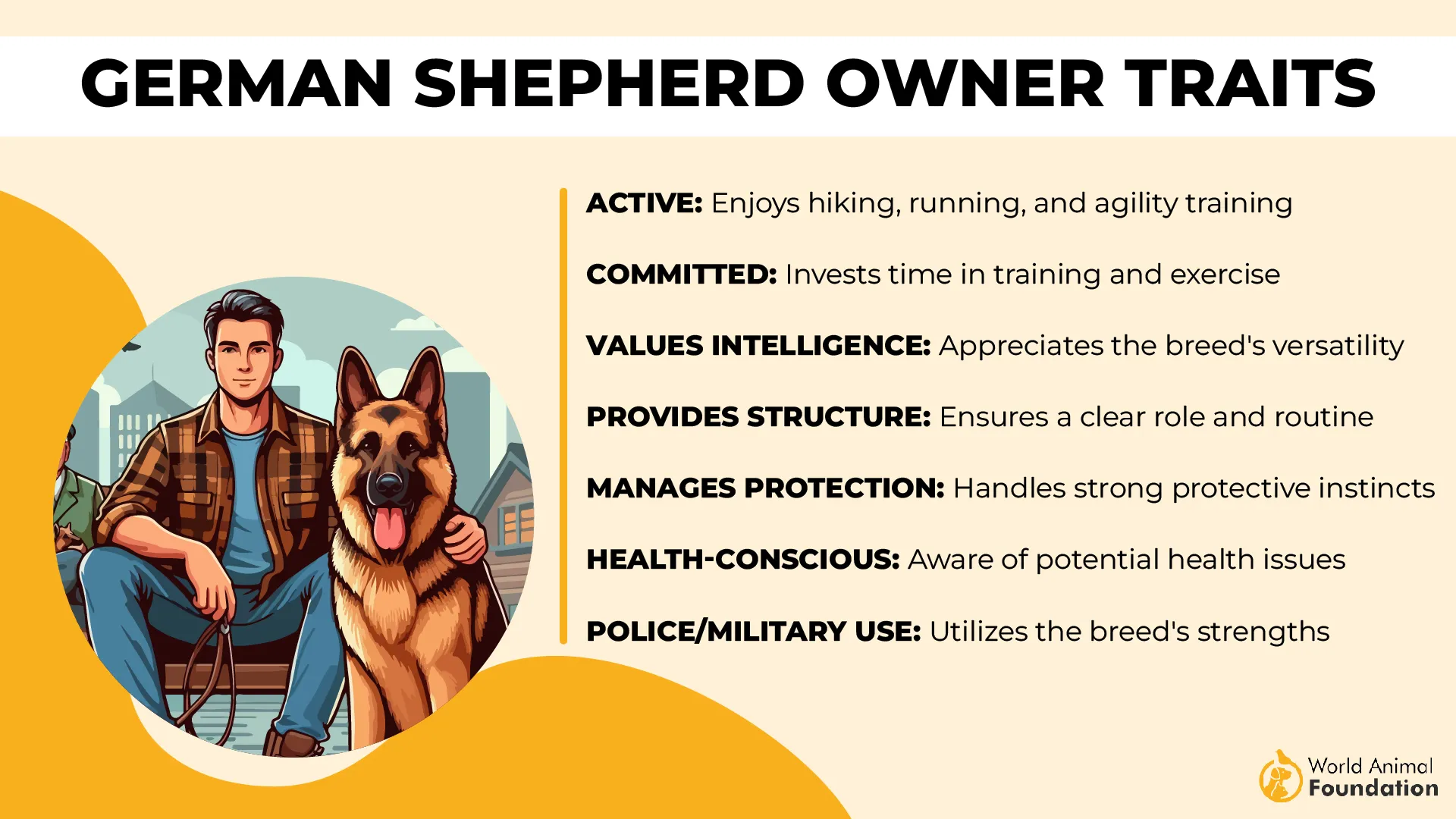
Even when still, they’re aware of everything around them. Their ability to pick up tiny noises is as much a part of their heritage as their loyalty and their drive to work.
Fun Fact
German Shepherds were among the first dogs trained as guide dogs for the blind in the early 20th century.
4. Poodle
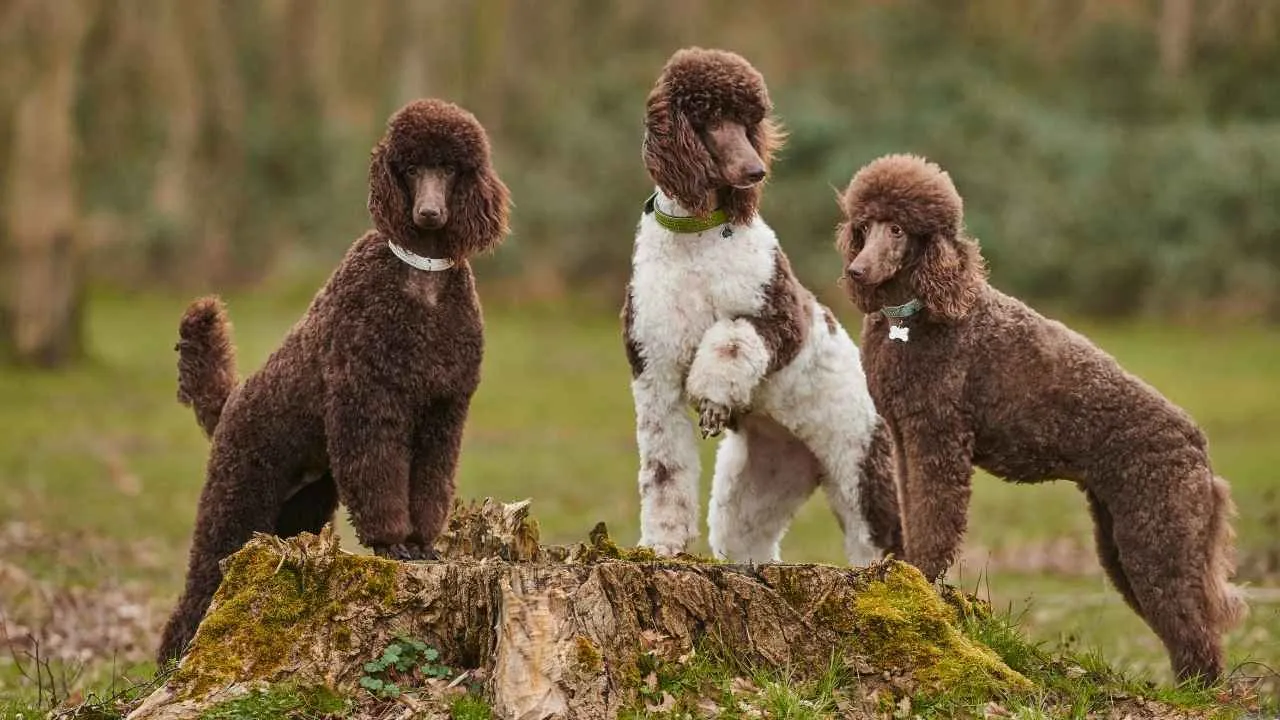
Poodles are one of the most intelligent breeds alive, and their senses are just as sharp as their minds. Originally bred as water retrievers in Germany and later popularized in France, they needed to hear the soft splash of a duck or the faintest rustle in the reeds. That sharp hearing is still there today—a tiny scratch from an insect on a wall can catch their attention instantly.
The breed’s trademark coat is a marvel: curly, dense, and hypoallergenic in shedding terms. It keeps growing and needs regular clipping to stay manageable, but that coat once served hunters well, protecting vital areas of the dog’s body while leaving them free to swim.
Poodles come in three sizes—Standard, Miniature, and Toy—and while they differ in height, their personalities are similarly lively and curious. Each one shares that “always listening” quality, head slightly tilted when something unexpected catches their ear.
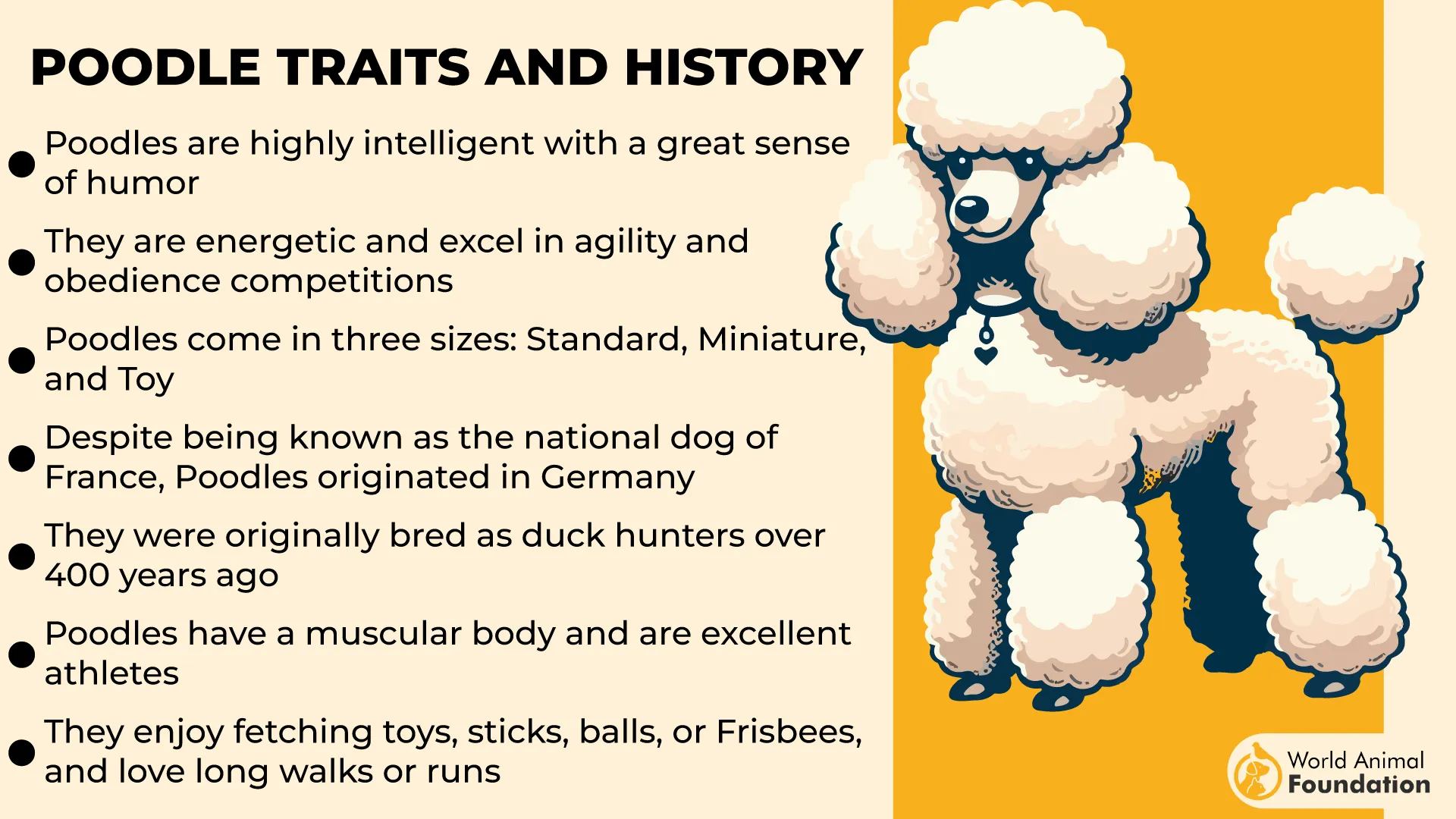
They’re fast learners, eager for games and mental challenges. A Poodle can pick up a new command in just a few tries, which makes them one of the easiest breeds to train.
Their combination of awareness, grace, and intelligence makes them dogs that seem to understand far more of the world than most expect.
Fun Fact
In 18th‑century Europe, Poodles were often featured in circus acts thanks to their intelligence and willingness to perform.
5. Cocker Spaniel
Cocker Spaniels were once essential hunting companions in England, relied on to flush game birds from dense cover. Their hearing had to be sharp enough to register the faint rustle of wings, and that skill is still apparent in domestic life. A scratch on the wall or the quiet tap of an insect moving above the ceiling makes their long, silky ears twitch toward the sound without hesitation.
Their bodies are compact and well‑proportioned, and they carry themselves with a natural grace. Those famous, feathery ears frame their faces and give them an expression that seems permanently soft. It’s easy to see why they became beloved family pets around the world.
The coat is one of the breed’s hallmarks—plush, smooth, and feathered across the legs and chest. It needs brushing several times a week and occasional trimming to keep mats at bay, especially where fur is thickest.
Hill’s Pet states that Cocker Spaniels are affectionate, cheerful, and full of enthusiasm for even the smallest bits of attention. They stay alert without being restless, their ears subtly turning toward every faint sound in the room.
Fun Fact
Cocker Spaniels inspired Disney’s Lady and the Tramp—the animators even studied real Cocker Spaniels to capture their movement.
6. Chihuahua
Chihuahuas might be the smallest dogs in the world, but their senses are disproportionately sharp. Those oversized, upright ears collect sounds like tiny satellite dishes, picking up everything from the click of distant footsteps to the subtle scraping of an insect crawling inside a wall. That quick head tilt they do isn’t just cute—it’s a response to something they’ve already pinpointed.
Their history stretches back centuries, connected to the Toltec and Aztec civilizations of Mexico. Once considered companions and even sacred animals, their closeness to people made them tuned into every sound within their space.
They come in smooth‑coated and long-haired varieties. The smooth coat sheds lightly and needs only light brushing, while the longhaired type requires more grooming but adds a fringe of charm.
Despite their size, Chihuahuas are bold, even fearless. They’ll announce every new noise, every shuffle outside the door, and they’ll follow the source of that sound with intensity that surprises first‑time owners.
Fun Fact
A Chihuahua’s brain is proportionally larger to its body size than that of any other dog, adding to its lightning‑quick reactions.
7. Schnauzer
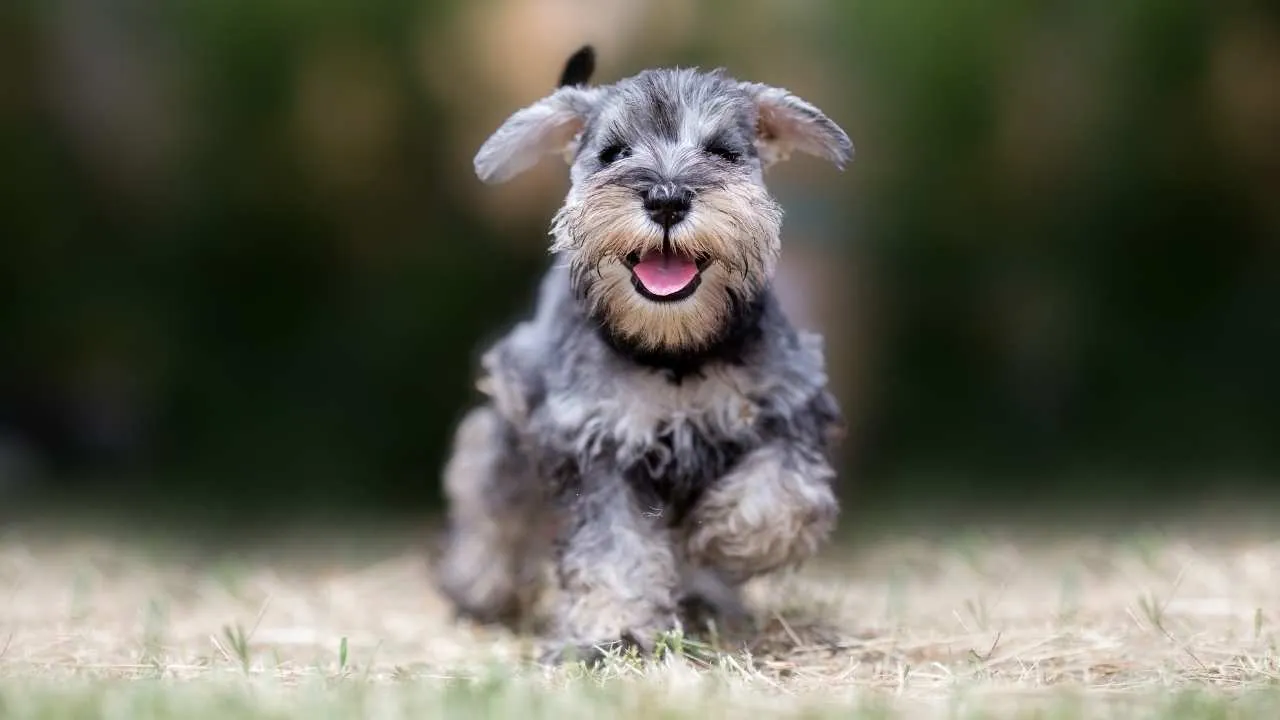
Schnauzers were developed in Germany for farm work, guarding carts, and clearing out rats, a mix of tasks that demanded alertness.
Their wiry coats, bristled eyebrows, and long beards made them easy to recognize, but it’s their keen sense of hearing that has always made them effective workers. Even today, a faint, crawling sound inside the walls will draw their attention instantly.
There are three sizes—Miniature, Standard, and Giant—each with distinct personalities, but all share the same vigilant streak. Their ears twitch toward tiny noises, and they’ll search the room, scanning corners and looking up walls until they’re satisfied.
Their coat grows continuously and needs stripping, clipping, and brushing to stay in shape. That beard tends to pick up crumbs, dirt, and just about anything else, so cleaning their face becomes a routine chore.
Schnauzers are lively, smart, and have a sense of humor, but they also love structure. They respond well to consistent guidance, and their attentiveness means they rarely miss a thing happening in their space.
Fun Fact
The breed’s name comes from the German word “schnauze,” meaning “muzzle,” inspired by the famous whiskers that frame their face.
Conclusion
When a dog hears things we cannot, it opens a window into how differently they experience the world. Their ability to detect the scrape of ants in the wall, the shuffle of termites in wood, or the faintest sound of a rodent beneath the floor comes from senses refined over centuries. Sometimes, there’s an apparent reason—an actual pest problem—but other times, the behavior might stem from attention seeking, anxiety, or even cognitive dysfunction in older dogs.
Owners often wonder what’s occurring when their dog spends the night standing, staring, or circling a spot, ears twitching at something unseen. For some, it’s simply their instinct to detect and warn. For others, it can be one of the first signs of confusion, stress, or age‑related changes like canine cognitive dysfunction.
If a dog’s reactions grow worse or seem paired with other signs like pacing, sitting in odd places, or appearing cold and disoriented, a veterinarian can help explain what’s behind the behavior. Treats, a schedule, and support can ease anxiety, while medical guidance or medications may be needed if disease is present. Dogs will always hear more than we do, but understanding why they react keeps us better prepared to help them.


